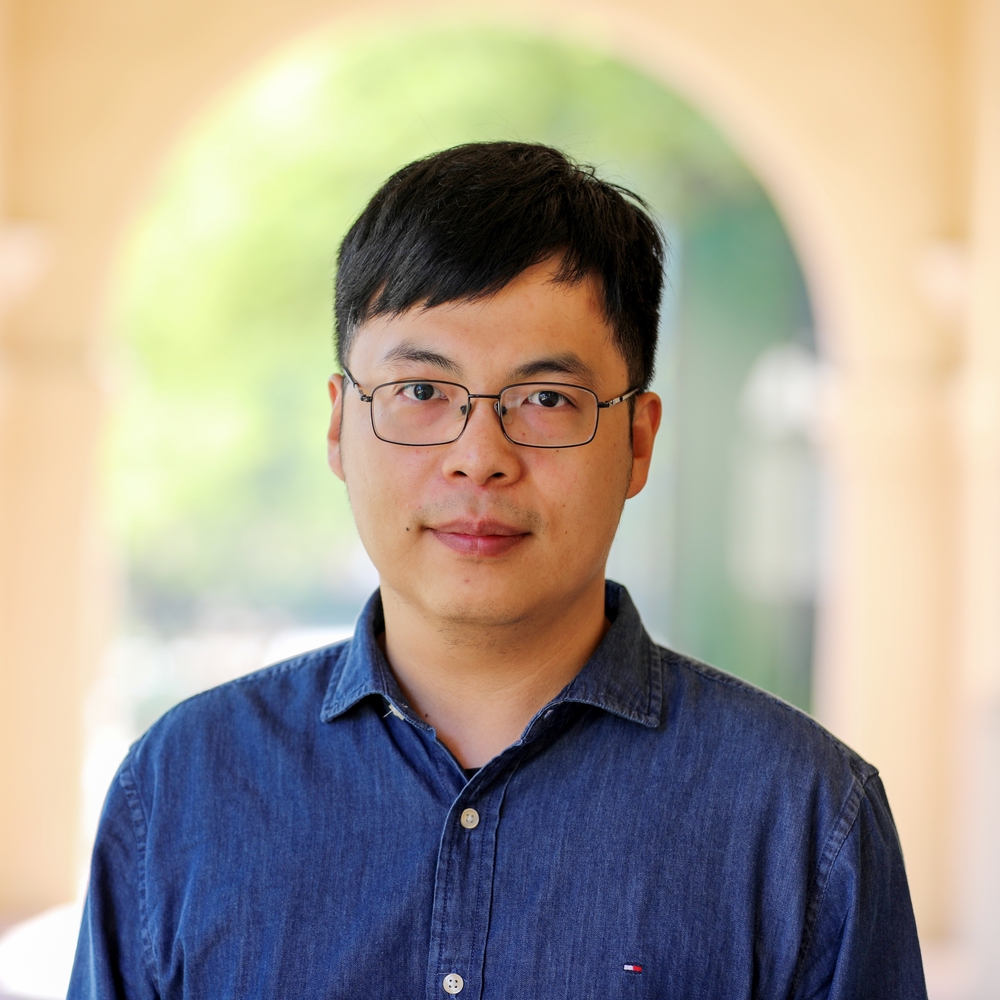Abstract
Optical-resolution photoacoustic microscopy can visualize wavelength-dependent optical absorption at the cellular level. However, this technique suffers from a limited depth of field due to the tight focus of the optical excitation beam, making it challenging to acquire high-resolution images of samples with uneven surfaces or high-quality volumetric images without z scanning. To overcome this limitation, we propose needle-shaped beam photoacoustic microscopy, which can extend the depth of field to around a 28-fold Rayleigh length via customized diffractive optical elements. These diffractive optical elements generate a needle-shaped beam with a well-maintained beam diameter, a uniform axial intensity distribution and negligible sidelobes. The advantage of using needle-shaped beam photoacoustic microscopy is demonstrated via both histology-like imaging of fresh slide-free organs using a 266 nm laser and in vivo mouse-brain vasculature imaging using a 532 nm laser. This approach provides new perspectives for slide-free intraoperative pathological imaging and in vivo organ-level imaging.
Publication
Nature Photonics, vol. 17, no. 1, pp. 89-95

Assistant Professor of ECEE and BME
I am an Assistant Professor of Electrical, Computer & Energy Engineering (ECEE) and Biomedical Engineering (BME) at the University of Colorado Boulder (CU Boulder). My long-term research goal is to pioneer optical imaging technologies that surpass current limits in speed, accuracy, and accessibility, advancing translational research. With a foundation in electrical engineering, particularly in biomedical imaging and optics, my PhD work at the University of Notre Dame focused on advancing multiphoton fluorescence lifetime imaging microscopy and super-resolution microscopy, significantly reducing image generation time and cost. I developed an analog signal processing method that enables real-time streaming of fluorescence intensity and lifetime data, and created the first Poisson-Gaussian denoising dataset to benchmark image denoising algorithms for high-quality, real-time applications in biomedical research. As a postdoc at the California Institute of Technology (Caltech), my research expanded to include pioneering photoacoustic imaging techniques, enabling noninvasive and rapid imaging of hemodynamics in humans. In the realm of quantum imaging, I developed innovative techniques utilizing spatial and polarization entangled photon pairs, overcoming challenges such as poor signal-to-noise ratios and low resolvable pixel counts. Additionally, I advanced ultrafast imaging methods for visualizing passive current flows in myelinated axons and electromagnetic pulses in dielectrics. My research is currently funded by the National Institutes of Health (NIH) K99/R00 Pathway to Independence Award.